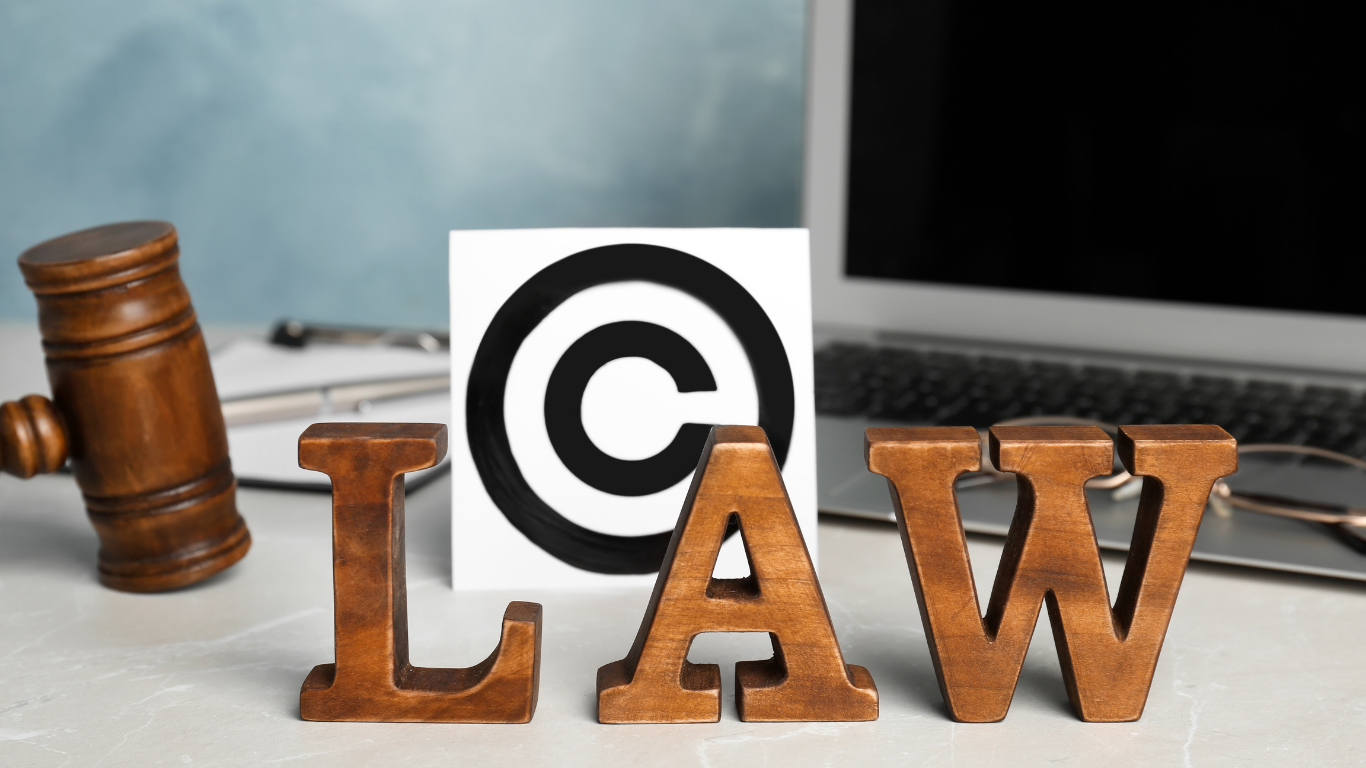7 Mind-Blowing Changes in Intellectual Property Laws in the 21st Century

Intellectual Property (IP) has always been a cornerstone of innovation and creativity. It’s what shields our novel ideas, ensuring that inventors and creators get due credit and benefit. Over time, as our society evolves, so too do the laws that govern these valuable assets.
Background of Intellectual Property (IP) Laws
Historical Perspectives
IP laws have roots that stretch back centuries. From ancient civilizations recognizing the value of an individual’s creation to more structured rules in the Renaissance, the aim has always been to promote innovation by providing protection.
Intellectual Property Pre-21st Century
Before the dawn of the 21st Century, IP laws were somewhat straightforward. However, things started to take a more complex turn in the digital age.
Understanding the Evolution of Intellectual Property Laws in the 21st Century
Role of Technology
Technology has been a double-edged sword. While it has enabled unprecedented creativity and innovation, it has also presented novel challenges. The rapid advancements in tech have necessitated swift adaptations in IP laws.
Emergence of Digital Rights
Digital rights have been at the forefront of IP evolution. The Shift from tangible to intangible assets has posed questions like “Who owns the rights to digital content?” and “How do we protect these assets?”
Globalization and IP
In a world where boundaries are becoming blurrier, IP laws must recognize and adapt to these shifts. This era has seen increased international treaties and conventions aiming to standardize IP protection across borders.
Evolutionary Stages in the 21st Century
The early 2000s Shift
The dawn of the millennium marked a pivotal shift, with the internet changing the game. Issues surrounding online piracy and copyright infringement began taking center stage.
Mid-2000s Developments
As the digital world expanded, so did the challenges. Newer forms of media, like streaming, needed distinct considerations.
Recent Changes and Impacts
From digital artists’ rights in the age of NFTs to the role of AI in IP, the landscape is constantly evolving. Recent laws are now more inclusive, catering to the ever-changing digital ecosystem.
International Intellectual Property Trends
The Role of the World Intellectual Property Organization (WIPO)
WIPO has been instrumental in shaping global IP standards, ensuring that they’re in line with the current demands of the international community.
Cross-border IP Issues
In a globalized world, it’s no surprise that IP issues often transcend borders. Resolving these concerns requires international cooperation and mutual respect for sovereign IP laws.
Major International IP Treaties
Several treaties, such as the TRIPS agreement, have paved the way for international cooperation, ensuring that creators get fair protection no matter where they are.
Challenges and Responses in the IP Landscape
Intellectual property laws in the 21st Century have had to grapple with various challenges arising from technological advancements and the changing nature of global commerce. Here are some of the prominent challenges and the responses to address them:
Digital Piracy and Counterfeit Products
The rise of the internet brought with it the proliferation of piracy and counterfeit goods. Illegal downloads, streaming, and the sales of imitation products threaten the income of creators and businesses.
Responses:
- Digital Rights Management (DRM): Companies employ DRM technologies to control how their content is used, ensuring only those who’ve legally acquired a piece of digital media can use it.
- Online Platforms: Web platforms have been increasingly mandated to monitor and prevent sharing of copyrighted materials.
- Collaboration with ISPs: Law enforcement agencies worldwide have joined hands with Internet Service Providers (ISPs) to track and penalize those involved in piracy.
Biotechnological Innovations and Genetic IP
Biotechnology, particularly in areas like genetic engineering, poses ethical questions about what can and can’t be patented.
Read: Tips for Locating Intellectual Property Lawyer for Business Needs
Responses:
- More explicit Patent Guidelines: Institutions have set more precise guidelines for patentable biotechnological innovation.
- Ethical Reviews: More robust reviews from ethical committees to ensure genetic materials, especially those from humans, are treated with due consideration.
Rise of Open Source and Shared Knowledge Models
With the popularity of open-source software and collaborative knowledge models (like Wikipedia), there’s a challenge in balancing IP protection with communal knowledge growth.
Responses:
- Flexible Licensing: Adopting licenses like the General Public License (GPL) for software or Creative Commons for various forms of content ensures creators can share their work while setting terms for its use.
Over-patenting and Patent Trolls
Over-patenting refers to getting patents for minor improvements or variations of existing technologies. Patent trolls acquire patents not for innovation but to sue companies for infringement.
Responses:
- Stricter Patent Reviews: Patent offices are being more stringent in their reviews, ensuring only truly novel inventions get patented.
- Legal Reforms: Some countries have reformed their patent laws to curb the activities of patent trolls.
Looking Ahead: Intellectual Property in the Coming Decades
As we navigate the 21st Century, specific trends will likely influence the direction of IP laws:
- AI and Machine Learning: With machines now capable of creating art, music, and even innovations, the question of who or what gets the credit and the associated rights will be central.
- Space Exploration and IP: As nations and companies move toward space exploration and colonization, IP laws regarding innovations developed off-planet will become essential.
- Environmental IP: As the focus shifts to sustainable practices, IP laws that incentivize eco-friendly innovations might gain prominence.
Future of Intellectual Property
AI and IP: What’s Next?
With AI creating content, who owns the rights? This new frontier is still being navigated.
Sustainable IP Practices
As we move forward, sustainable and inclusive IP practices will be paramount. It’s about ensuring that protection doesn’t stifle innovation.
Conclusion
The 21st Century, with its rapid technological advancements and changing socio-economic dynamics, has presented a complex set of challenges for IP laws. But, as history shows, these laws evolve, adapting to the needs of the times. As we look ahead, it’s clear that a flexible, forward-thinking approach will be vital to ensuring a fair balance between protection and progress in intellectual property.
FAQs
How has technology influenced IP laws in recent years?
Technology has been a catalyst for change, necessitating the evolution of IP laws to cater to digital assets, AI innovations, and online content protection.
What role does WIPO play in shaping global IP standards?
WIPO is instrumental in creating international IP standards, ensuring that creators worldwide get fair protection.
Are digital rights different from traditional IP rights?
Yes, digital rights cater specifically to digital content, considering the unique challenges the online ecosystem poses.
How are counterfeit and piracy challenges being addressed?
There’s a concerted effort to combat these issues through stricter regulations, international cooperation, and technology.
Why are tailored IP strategies essential for developing nations?
Developing nations have unique challenges, and tailored strategies ensure they receive adequate protection while promoting innovation.
What are the predictions for the future of IP?
The future will likely see more inclusive and sustainable IP practices, with a significant focus on digital assets and AI.







